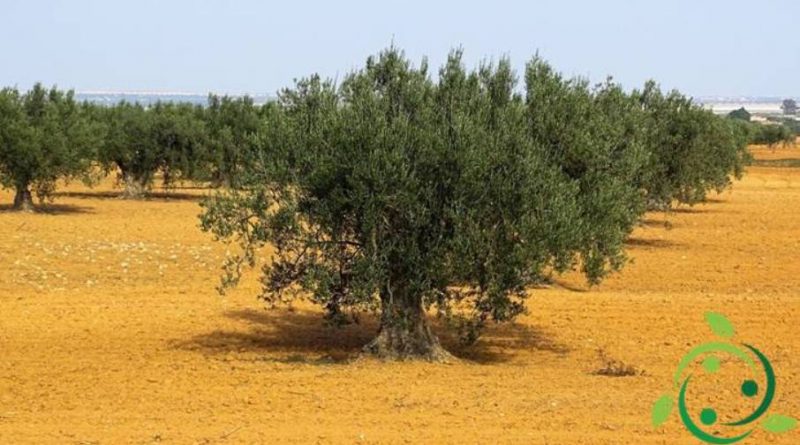How to prune the olive tree
How to prune the olive tree
Olive tree pruning (Olea europaea L., 1753) is one of the most important cultivation practices to obtain greater productions. This operation can have different purposes: the olive tree can also be cultivated for ornamental purposes and, where it is grown exclusively for production purposes, pruning techniques must be implemented both to decrease the production alternation of this species, and to meet to collection techniques (manual, mechanical, semimechanical, etc.). moreover the notable variety presence (about 500) complicates even more the possible pruning techniques. In this sheet we will see, not only how to prune the olive tree, but also the technical motivations behind the pruning. If one considers then that the olives can be harvested even when they are ripened in order to obtain canteen productions, the scenario is even wider.
The pruning technique, however, also changes with the age of the plant, based on the parts cut, the purpose of cutting operations and when they are made. In the first part of the life of the young plants the planting pruning will take place that begins some time after the first development of the plant, to give the suitable form of breeding. In the stationary production phase we will operate with maintenance pruning. Once the stationary production phase of the plant has been overcome, rejuvenation pruning can be carried out to encourage the vegetative growth of old olive trees. In short, olive tree pruning must serve to give a balanced shape to the plant, improve its productivity, reduce production alternation and encourage harvesting operations. Pruning operations are necessary for: cutting unproductive branches, old or useless or the branches of unproductive ones in order to favor the emission of new shoots and renew the flowering and fruiting of the fertile branches. The unproductive branches are those that tend to get longer. Together with these, the suckers (originating from the roots) and the suckers (which grow upwards from the trunk), branches that subtract a lot of energy from the plant. Pruning operations must be carried out with suitable pruning tools (scissors, shears, both manual and automatic, chainsaw, bill-hook, saw) and each tool must be used according to the size of the branch. The blades must be previously disinfected (with fungicidal solutions or even simply alcohol) and perfectly sharp. After cutting the larger branches apply fungicidal products and cicatrizing mastic, to avoid diseases such as especially mange. The best pruning period is between March and May. Avoiding pruning in too cold climatic conditions. Moreover, in order to reduce the alternation of production, one must prune a constant and light manner every year. The olive tree should be formed from a young age with three or four main branches on which to form the whole plant. Subsequently, it will gradually provide a very airy shape and, if you have to opt for harvesting with shakers, the plant should be made more compact, lower, avoiding branches too long that are not suitable for this type of harvest. Obviously the two forms of pruning affect two factors: on the production yield (better in the pruning on the globe and less low) and on the cost of labor. There is no optimal solution for everyone. Let’s say that the choice of pruning is done on the organization of work and machines of the farm. In short, the different collection methods are divided into two main categories: hand picking and picking. The grazing is now used at home level for its high costs in large olive groves. However, with the grazing, we obtain products of superior quality because their integrity is preserved and the best olives can be sorted. With the harvesting, four methods are used: the spontaneous fall, the combing, the scrolling of the olives and the beating.

